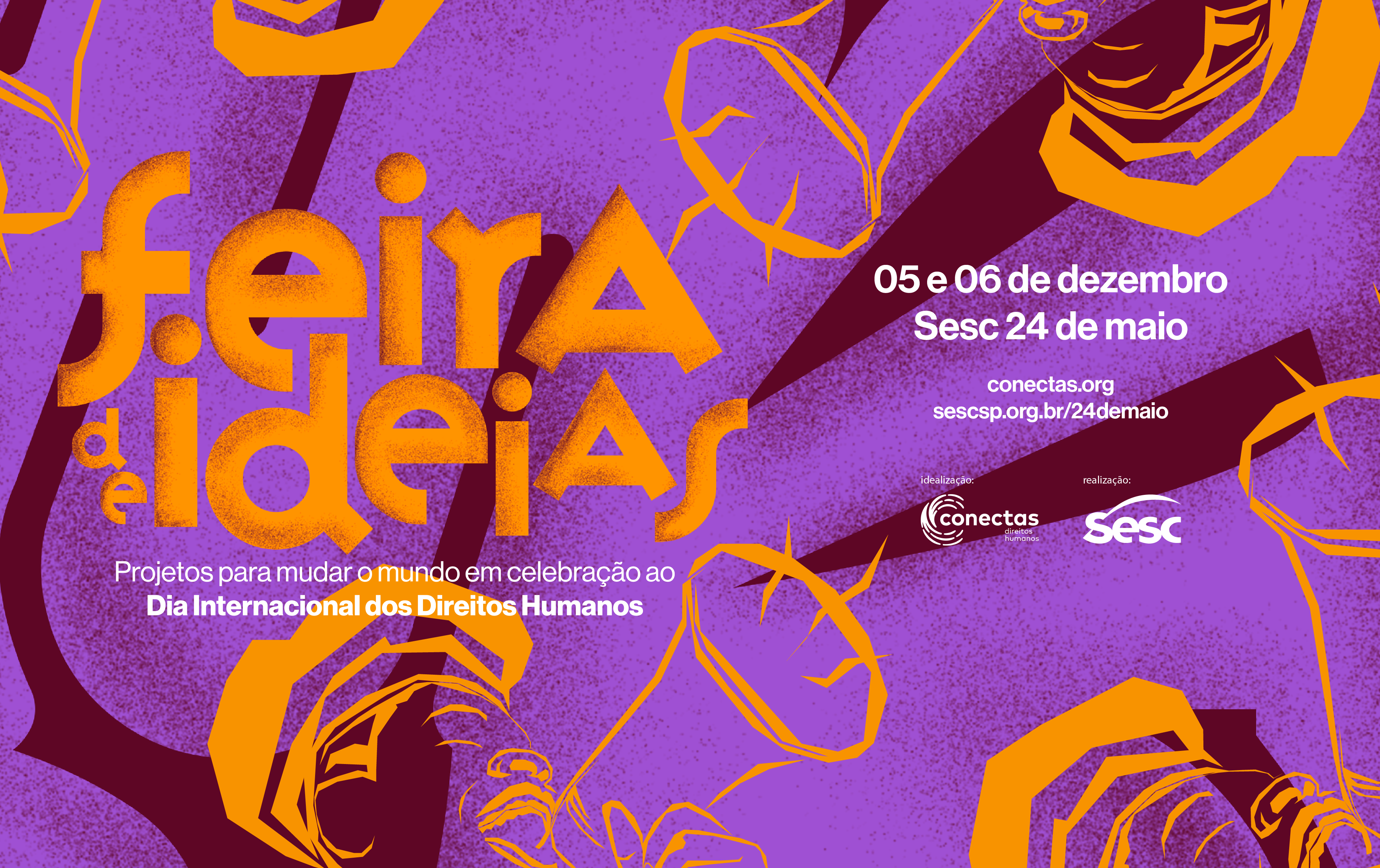What the Military Police cannot do
Illustrated guide helps identify violations committed by the police at protests

The Free Fare Movement organized another demonstration this Thursday, January 14, to protest the increase in public transport fares in the city of São Paulo. There is some concern that the security forces from the São Paulo State Public Security Department will repeat the illegal repressive tactics employed on Tuesday.
At this last demonstration, the military police intimidated and encircled the protestors, violated the principle of proportionality and gave chase through the streets of downtown São Paulo.
“The violations committed by the police are not new, and it is unacceptable that the São Paulo state government keeps on justifying and repeating these abuses without being held accountable,” said Jessica Morris, executive director of Conectas.
Read more
In June 2013, during the protests that became known as the ‘June Journeys’, Conectas and the Human Rights Center of the Public Defender’s Office sent the State Public Security Department a document with national and international recommendations on how the police should behave at protests. These recommendations have been consolidated into six key rules.
See the list of rules below:
.jpg)
1. Limit the use of weapons
The use of less-lethal weapons, such as tear gas and rubber bullets, may not be indiscriminate. These types of weapons may only be used following an official order, through a clear chain of command, and always within the limits of distinction and proportionality.
At Tuesday’s protest, the Military Police gratuitously assaulted demonstrators. Several people were chased through the streets of downtown São Paulo, even after the violent dispersal that prevented the march from starting. In Brazil, there are no official standards for the safe use of less-lethal weapons such as pepper spray and tear gas. As a rule, the police rely only on the instructions of the manufacturers of these products – which is unacceptable.
Click here to download the image.
.jpg)
2. Dispersal only in exceptional situations
The decision to disperse a protest must only be taken in exceptional and extreme situations. In these cases, there must be a legal order, the decision must be clearly informed in advance and safe routes must be provided with enough time for the crowd to disperse. None of these conditions were observed by the Military Police at Tuesday’s demonstration.
The march was dispersed arbitrarily before it even began, without any prior warning or negotiation. Entire groups were surrounded. There were no safe exit routes for the demonstrators, who were attacked from all sides with less-lethal weapons.
Click here to download the image.

3. Withdraw the riot police and do not intimidate demonstrators
The police may not intimidate the demonstrators. The overwhelming presence of armed agents, entirely disproportionate to the number of demonstrators, intimidates the people participating in the event, violating the right to assembly and the freedom of movement. The riot police must not be visible and may only be used when all other negotiation alternatives have been exhausted. Last Tuesday, the police encircled the area where the demonstrators were crowded, on the corner of Avenida Paulista and Rua Consolação. Furthermore, they blocked the exit routes, placing the demonstrators at risk. This tactic of encircling demonstrations has already been condemned by the UN rapporteur on the rights to freedom of assembly and of association.
Click here to download the image.

4. Guarantee the freedom to record images
No citizen who is recording images of public employees performing public functions should suffer repression for doing so. According to Abraji (Brazilian Association of Investigative Journalism), at least nine press professionals were injured during the last protest. “Police aggression against press professionals when they are working is characteristic of authoritarian regimes,” said the organization.
Besides the physical violence, several journalists were prevented from crossing the police cordon and removed when they attempted to document the police action.
Click here to download the image.

5. Abandon the use of violence
The police should act to protect the demonstrators and guarantee the right to protest. Even after dispersing the demonstration, the police chased people through the streets of downtown São Paulo, placing at risk not only the demonstrators but also pedestrians and motorists. Images captured by the media show officers firing tear gas among cars and pedestrians as activists were fleeing to protect themselves.
According to Alexandre Morgado, of GAPP (Popular Protest Support Group), “Tuesday’s demonstration was unprecedented in terms of the size and force of the repression, which occurred before the march even began”. He went on to say that “the vast majority of the 15 victims with serious injuries and the dozens with minor injuries who were treated by our group were assaulted when they were trying to evacuate the area and putting up no resistance”. Isolated acts never justify the use of violence by the police and the dispersal of the whole demonstration.
Click here to download the image.

6. Traffic may not be used as a justification for dispersal
Traffic disruptions are an inevitable part of protests and may not be used as a justification for dispersal. The role of government is to prevent congestion and provide alternative routes for motorists. In a press conference held on the same Tuesday, the São Paulo State Public Security Secretary, Alexandre de Moraes, said he would do everything possible to “preserve millions of people that are not participating in the demonstration”, in reference to the possible traffic problems that the march would cause.
Click here to download the image.






